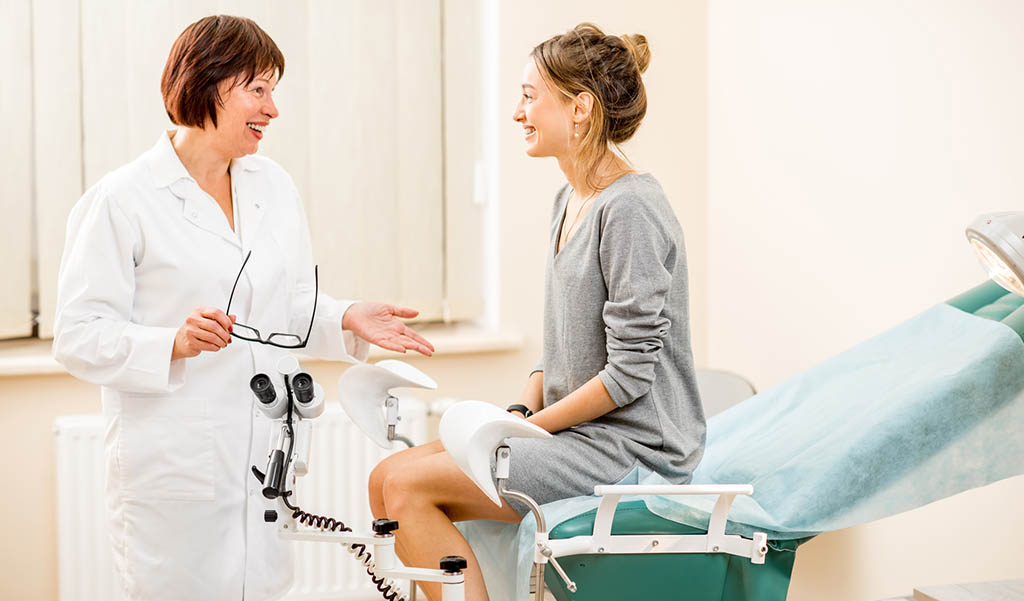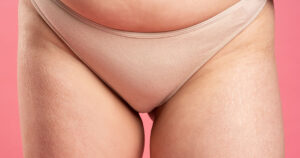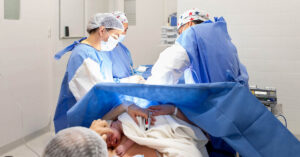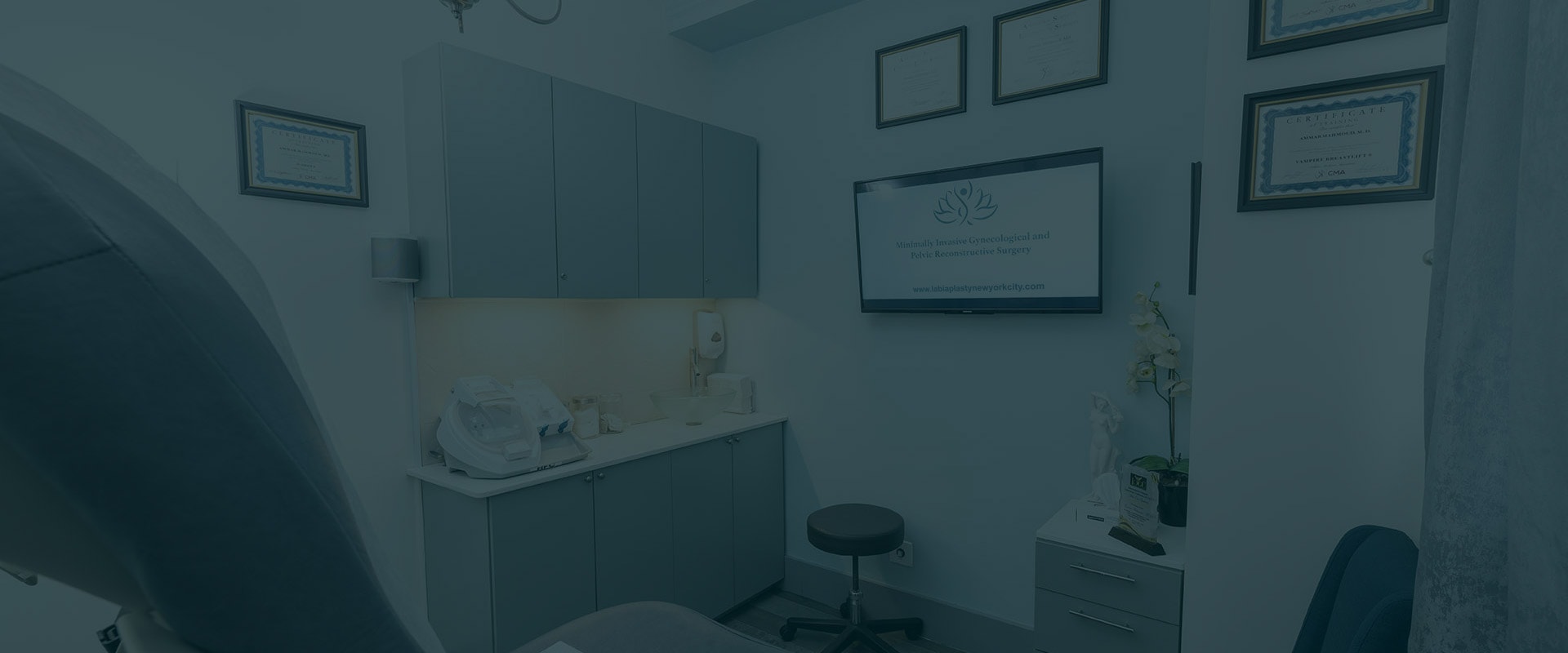The natural aging process, hormonal fluctuations, childbirth, and lifestyle factors can contribute to changes in the appearance and texture of the labia. Many women experience sagging, volume loss, wrinkling, or discoloration in the labia majora skin. While these changes are entirely normal, some individuals seek ways to restore labia firmness, smoothness, and a more youthful aesthetic. This article explores scientifically backed approaches to rejuvenating and enhancing labial appearance.
Understanding the Aging Process of the Labia
The labia, composed primarily of connective tissue, fat, and collagen, undergoes several changes over time:
- Loss of Collagen and Elastin: Aging reduces collagen and elastin levels, leading to decreased skin elasticity and firmness.
- Fat Atrophy: The labia majora may lose volume, making the area appear wrinkly or saggy.
- Childbirth: The process of vaginal delivery significantly stretches the labia, sometimes leading to long-term changes in shape and firmness. This can cause the labia to appear elongated, wrinkly, or saggy due to the breakdown of collagen and elastin fibers.
- Hormonal Decline: A reduction in estrogen, particularly after menopause, results in thinner, drier skin and a loss of plumpness.
- Pigmentation Changes: Hormonal fluctuations and environmental factors can cause discoloration, leading some women to seek ways to make labia pink again.
Non-Surgical Methods to Restore Labia
1. Topical Treatments for Labial Skin Health
- Hyaluronic Acid-Based Creams: Hyaluronic acid attracts moisture, making labia appear plumper and smoother1.
- Collagen-Boosting Peptides: These peptides can enhance the skin’s ability to produce collagen and restore elasticity.
- Vitamin C and Niacinamide: These antioxidants help brighten the skin and improve texture, addressing discoloration and saggy skin concerns.
- Estrogen or DHEA Creams: Prescription topical hormones can enhance hydration and thickness in vaginal and labial tissues, particularly for postmenopausal women2.
2. Energy-Based Rejuvenation Therapies
- Radiofrequency (RF) Treatments: Devices like ThermiVa use controlled heat to stimulate collagen production, plump labia, and improve skin tightness.
- Laser Therapy (CO2 and Erbium Lasers): These fractional lasers resurface the skin, improve tone, and stimulate new collagen formation.
- Naturally-Occurring Growth Factors Therapy: Also called the “O-Shot,” these injections deliver growth factors that rejuvenate the tissue and enhance appearance.
3. Injectable Fillers for Volume Restoration
Hyaluronic acid or autologous fat transfer can restore labia fullness:
- Hyaluronic Acid Fillers: Similar to dermal fillers used for facial rejuvenation, HA fillers can plump vagina lips and smooth out wrinkles.
- Vaginal Fat Grafting: Fat is harvested from another area of the body and injected into the labia majora, providing a natural, longer-lasting enhancement.
4. Lifestyle and Nutritional Support for Labial Health
- Hydration and Omega-3s: Drinking plenty of water and consuming healthy fats can improve skin hydration and elasticity3.
- Collagen-Rich Diet: Bone broth, fish, and vitamin C-rich foods support natural collagen production.
- Kegel Exercises: Strengthening the pelvic floor muscles can enhance overall genital health and improve circulation to the area4.
Minimally Invasive Options for Labial Rejuvenation
For those seeking more dramatic results, surgical procedures may be an option:
1. Labiaplasty
Labiaplasty is a surgical procedure that reshapes or reduces the size of the labia minora for aesthetic or functional reasons. It is commonly performed to address discomfort from enlarged or asymmetrical labia, which may cause irritation during physical activities or intercourse. The procedure typically involves precise trimming or wedge excision techniques to achieve a more balanced and youthful appearance.
2. Labia Majora Augmentation
Labia majora augmentation restores lost volume and improves skin firmness using either fat transfer or synthetic fillers. In fat grafting, the patient’s own fat is harvested from another area and injected into the labia for natural, long-lasting results. Alternatively, synthetic fillers like Sculptra stimulate collagen production, enhancing elasticity and plumpness in the labial tissue over time6.
3. Clitoral Hood Reduction
Clitoral hood reduction removes excess tissue surrounding the clitoris to enhance aesthetics and, in some cases, improve sexual sensation. This procedure is often sought by individuals with redundant clitoral hood tissue that causes discomfort or reduces clitoral stimulation. By carefully excising the excess skin, the procedure refines the genital appearance while preserving or enhancing natural sensitivity7.
How to Make Your Vagina Look Better
While the vagina itself is internal, the external appearance of the labia can be enhanced through these approaches:
- Exfoliation and Skin Care: Gentle exfoliation with mild, pre-tested products can help remove dead skin and brighten labial pigmentation, helping to make labia pink.
- Hydration: Keeping the skin moisturized prevents dryness and wrinkling.
- Proper Hair Removal: Shaving or waxing techniques should be gentle to avoid irritation and hyperpigmentation.
- Pelvic Floor Therapy: Strong pelvic muscles contribute to better support and circulation in the area, improving overall vaginal health.
Explore the Best Options for Labial Rejuvenation
Restoring youthfulness to the labia is achievable through various scientific and medical interventions. From topical treatments and non-invasive therapies to surgical enhancements, multiple options cater to different needs and preferences. Consultation with a qualified gynecologist or cosmetic surgeon is crucial to choosing the best approach tailored to individual concerns.
At our Labiaplasty NYC clinic, we specialize in advanced vaginal rejuvenation procedures, including labiaplasty, labia majora augmentation, and non-surgical treatments to restore labia firmness, plumpness, and aesthetics. Our expert team provides personalized consultations to determine the most effective solution for your needs. Contact us today to schedule an appointment and explore safe, effective treatments tailored to your needs.
References:
- Levy et al., “Effects of Hyaluronic Acid on Skin Hydration and Elasticity,” Journal of Dermatology, 2019.
- Davis et al., “Hormonal Therapies for Vaginal Atrophy,” Menopause Review, 2018.
- Newton et al., “Dietary Fats and Skin Hydration,” Nutrition & Skin Health Journal, 2018.
- Fox et al., “Pelvic Floor Therapy Benefits,” Journal of Women’s Health, 2022.
- Smith et al., “Labiaplasty Outcomes and Satisfaction Rates,” Plastic & Reconstructive Surgery, 2021.
- Nguyen et al., “Synthetic Fillers for Labial Rejuvenation,” Aesthetic Plastic Surgery, 2020.
- Young & Patel, “Clitoral Hood Reduction Techniques,” International Journal of Gynecologic Surgery, 2019.




